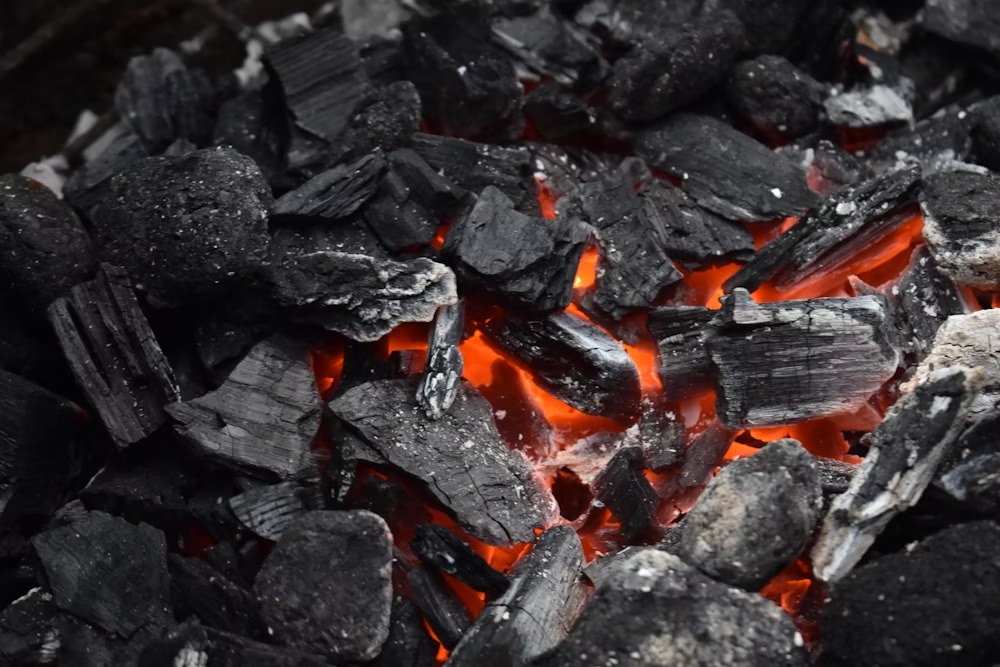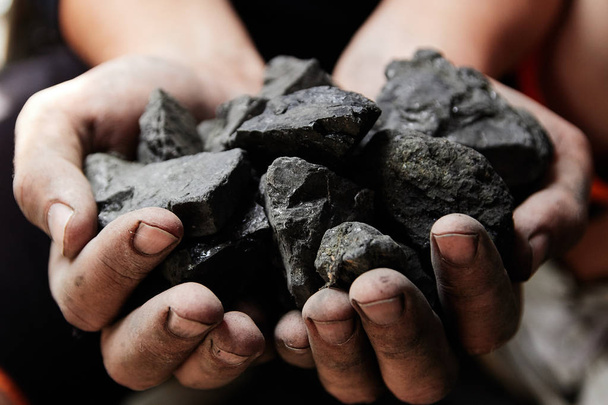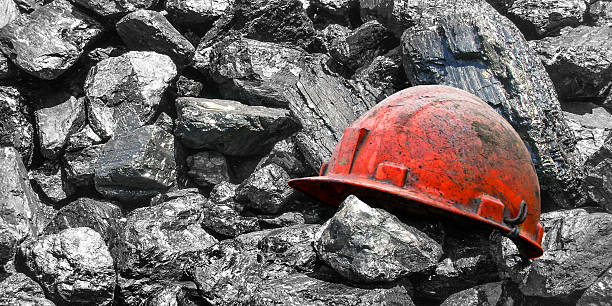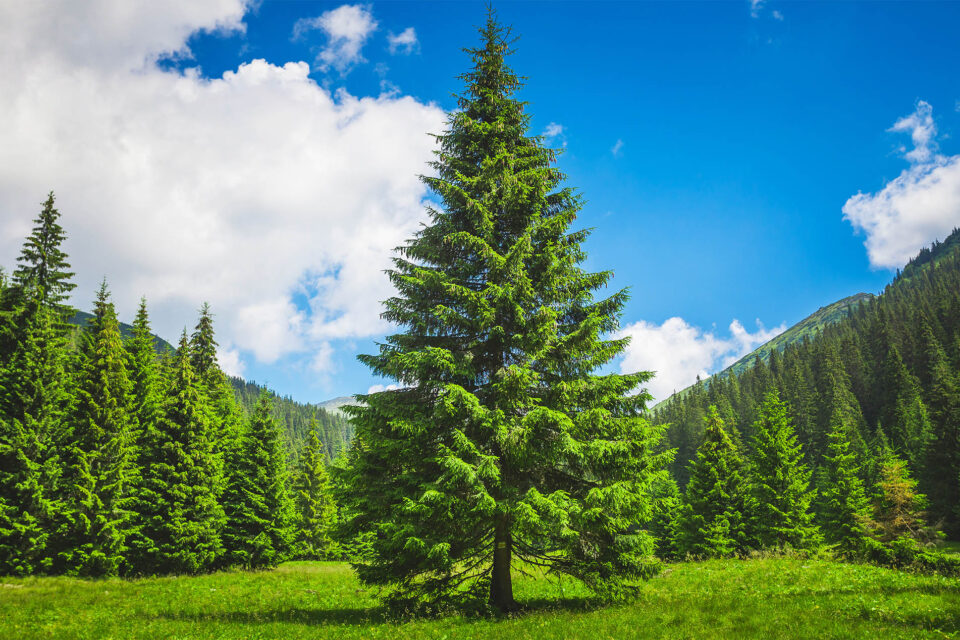Man’s quest for a sustainable source of energy is ever-going. Coal has been prominent for centuries for its efficiency, cost, and easy accessibility. However, growing environmental concerns made us look for a more efficient, safer, and environmentally friendly energy source.
You are right! Industries and nature enthusiasts believe it is a renewable source that contributes to nature preservation. But how efficient is that break from the traditional energy source?
In this article, we will delve into both these energy sources and discover their differences. After all, we are responsible for leaving behind a sustainable energy landscape for future generations.
Coal as An Energy Source

Coal has been a significant source of energy for centuries. It is a fossil fuel made of trees buried millions of years ago. The remains of flora took several years to transform into peat under pressure. However, the constant force and heat accelerated the peat to form coal.
Sedimentary rock is a traditional and non-renewable source of energy. Changing times and growing industrialization have discovered its easy accessibility and huge potential to be an energy resource. The process has not stopped since. Today, it is a vital contributor to electricity generation. However, factors like air pollution, health hazards, and climate change contradict the sustainability of combustion.
If you are weighing coal’s efficiency with that of pine trees, the factors below will help you make an informed choice.
Advantages of Coal

1. Inexpensive
Coal is available worldwide and is the most used energy source to date. It is easy to store, highly combustible, and demands cheap transportation. These factors cut down on the overall cost of the fuel, making it inexpensive.
2. Easy Storage
Coal is available worldwide and is the most used energy source to date. It is easy to store, highly combustible, and demands cheap transportation. These factors cut down on the overall cost of the fuel, making it inexpensive.
3. No Waste Production
Burning coal as an energy source does not produce any waste. It only leaves behind ashes on burning, which is not hazardous for nature. However, smoke is the only by-product that can harm the environment.
4. Highly Combustible
Coal is highly combustible and does not demand an extensive energy retraction process. Burn the coal in a reaction chamber to power the machine. A small amount of coal is capable of producing ample energy.
Disadvantages of Coal

Now, let’s take a look at the disadvantages of coal.
1. Non-renewable Nature
Coal, being a fossil fuel, took millions of years to form. Even though we are equipped with a global reserve, the coal supply will run out due to its overuse and long natural production process.
2. Air Pollution
Coal produces carbon dioxide and carbon monoxide when burnt. These releases cause air pollution and affect the environment negatively. A large amount of CO2 contributes to global warming and acid rain, impacting natural vegetation, causing floods, soil erosion, and more.
3. Habitat Disruption
Considering that coal is a fossil fuel, its natural reserves are often located in mountains and forests. Therefore, extensive coal extraction harms the symbiotic relationship between wildlife, nature, and humans.
4. Affects Labour Health
Coal extraction is labor-intensive work. However, the negative part is the miners are highly affected by the dust and gas of this sedimental rock. They succumb to asthma, suffocation, lung cancer, and other respiratory illnesses.
Pine Trees as An Energy Source

Compared with coal, pine trees are a fresher, renewable, and more efficient alternative energy source. Mankind gets the upper hand to grow pine vegetation and use it as fuel to generate energy. In the growing years, the trees mitigate soil erosion and carbon emissions in the atmosphere.
Besides, pine trees are a renewable source, thus helping in biomass production. Methods like gasification, combustion, and biofuel production help these trees act as a safer and better alternative to coal and other fossil fuels.
These factors undoubtedly make pine trees better than coal as an energy source. Or not yet? Let’s discover!
Advantages of Pine Trees

1. Renewable Source
Like any other plant, pine trees can be grown within a short span of years. Therefore, compared to coal, pine trees are renewable and widely available alternatives.
2. No Waste
Use pine timber and low-grade wood to produce energy to have zero waste. Besides, pine trees consume very little water to grow and require a less extensive process to generate combustible wood.
3. Versatile Application
Pinewoods burn to provide different energy sources like electricity, matching industrial heat requirements, and biomass. Undoubtedly, these qualities make pine trees versatile.
4. Environment friendly
Compared to coal, pinewood, identified through various types of pine trees, produces far less carbon dioxide, thus significantly reducing pollution levels. Besides, pine timber helps manufacture paper and hardwood for homes and furniture.
Disadvantages of Pine Trees

1. Seasonal Availability
Pine trees grow seasonally and are limited to hilly regions. Thus, it might not always meet the energy demands of low-lying areas and plains. Besides, the transportation cost is high for this energy source.
2. Soil Erosion
Deforesting pine trees for timber disrupts wildlife habitat and causes soil erosion. Pine deforestation has a massive negative impact, especially as mountains need trees to stop landslides.
3. Environmental Impact
Burning pine wood releases carbon dioxide. The amount is comparatively less than coal but can cause air pollution if not done responsibly.
4. Land Availability
An increase in demand for pine timber has resulted in higher land competition. Thus, it reduces the availability of land for other purposes like agriculture, habitat, and forest reserves.
Wrapping Up
Coal has been a traditionally efficient energy source. However, its hazardous gas emissions and impacts make us vote for a safer alternative. Pine trees successfully win as a sustainable modern energy source due to their various green advantages.
The renewable nature of pine, its carbon sequestration, and its atmosphere-friendly factors leave us with an obvious choice.
What would you choose as a sustainable energy resource? Comment and share with us.

